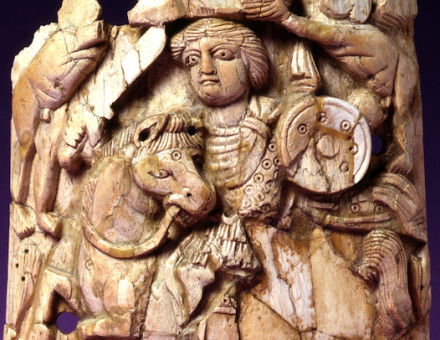The Emperor's State of Grace
The story of Constantine and Christianity is often simply told. It is AD 312. Constantine, the Augustus or senior emperor of the western Roman empire, confronts the usurper Maxentius who holds Rome and the African provinces. Alerted by a vision that the Christian God is on his side, Constantine decorates the shields of his men with a cross and goes into battle at the Milvian Bridge just north of Rome. The result is a stunning victory, all the western empire falls into Constantine’s hands and a conversion of Constantine to Christianity follows. Then with the emperor of the east, Licinius, Constantine issues the Edict of Milan which declares toleration for Christianity throughout the empire and underlines this with massive commitments to the Christian communities. Within twelve years, and now sole emperor, Constantine is presiding at the first empire-wide council of bishops, which produces the earliest version of the Nicene creed and soon to be the badge of Christian orthodoxy.





